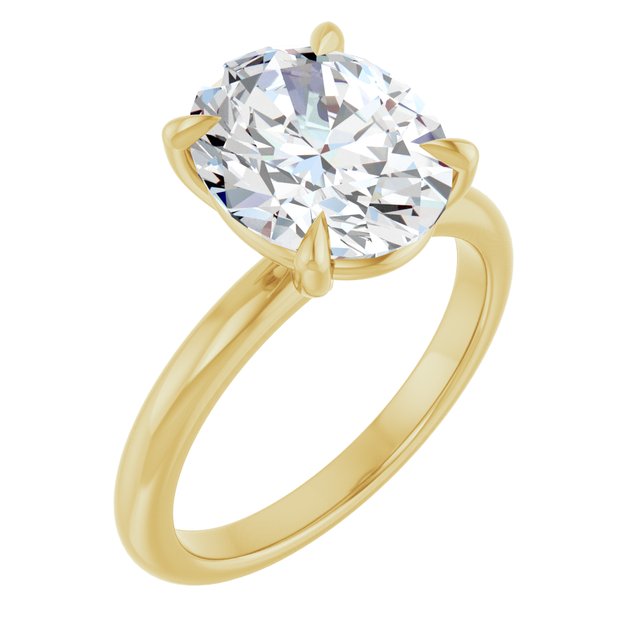Engagement rings are timeless symbols of love and commitment, but have you ever wondered where this tradition began? The first engagement ring, like the ritual of proposing itself, has a fascinating history. From ancient times to modern-day practices, engagement rings have evolved, but their significance remains constant.
Let’s dive into the origins of the engagement ring and how it became the beloved tradition we know today.
1. The Ancient Origins: A Symbol of Ownership
The tradition of giving a ring to signify an engagement can be traced back to ancient Egypt. Egyptians were the first to exchange rings as a symbol of love and commitment, but the meaning was a bit different than today. The circle represented eternity, a never-ending bond between two people.
The Egyptians wore rings made from reed, leather, or ivory, and they wore them on the left hand's fourth finger—believing that vein in the finger (called the "vena amoris") was directly connected to the heart.
2. The Roman Influence: The First Recorded Use of Gold Rings
While Egypt laid the groundwork for engagement rings, the Romans refined the practice. Around 2,000 years ago, Romans began exchanging gold rings as a token of engagement. These rings were usually plain and simple, often worn on the left hand to signify a formal commitment.
Romans also introduced the concept of the betrothal ring, which served as a public symbol of a legal contract, rather than just a romantic gesture.
3. The Birth of the Diamond Engagement Ring: A Royal Touch
Fast forward to the 15th century, and the tradition of giving an engagement ring saw a major change. The first recorded diamond engagement ring was given in 1477 when Archduke Maximilian of Austria proposed to Mary of Burgundy. The ring was set with diamonds and engraved with a design that symbolized their love.
This set the stage for diamonds to become the most coveted gemstone for engagement rings, and the diamond engagement ring grew in popularity among European nobility. It symbolized not only love but also wealth and status.
4. The Rise of the Diamond Industry: The De Beers Influence
By the late 19th century, diamonds were not just a symbol of royalty—they were a symbol of true love. In the 1930s, the De Beers company launched the iconic "A Diamond is Forever" marketing campaign. This campaign transformed the diamond into the ultimate symbol of eternal love, and it became almost unthinkable to propose without one.
De Beers helped solidify the diamond engagement ring as the standard in Western culture, and it remains the most popular choice for engagement rings to this day.
5. Modern-Day Engagement Rings: Personalization and Choice
Today, engagement rings are as diverse as the people who wear them. While diamonds are still the most popular choice, modern couples are increasingly opting for alternative gemstones such as sapphires, emeralds, and rubies. Some even choose non-traditional materials like moissanite or lab-grown diamonds for their ethical and environmental benefits.
Customization is also a huge trend, with many couples opting for unique designs that reflect their personal style. From vintage-inspired rings to contemporary designs, the options are endless.
6. Why Engagement Rings Still Matter
Despite the evolution of engagement ring styles and materials, the significance of the ring has never changed. Today, the engagement ring is a symbol of love, devotion, and commitment—much like it was in ancient Egypt. Whether you choose a diamond, a sapphire, or a custom-designed ring, it still represents the unique bond you share with your partner.
Final Thoughts: A Tradition That Endures
The story of the engagement ring is a testament to the enduring nature of love. What began as a symbol of ownership in ancient Egypt has transformed into a beautiful and meaningful expression of commitment. Whether you choose a classic diamond ring or a modern alternative, your engagement ring is a reflection of your love story.
Ready to find your perfect engagement ring?
Browse our stunning collection of customizable engagement rings—designed to match your style, personality, and commitment.



